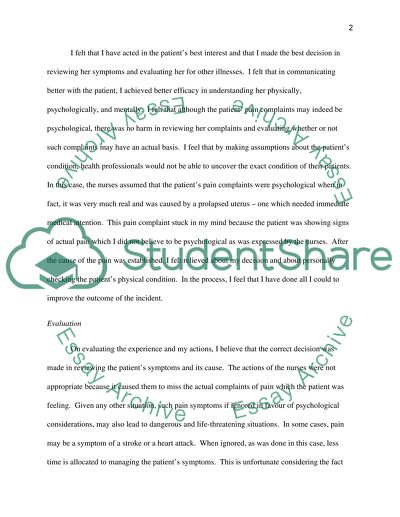Cite this document
(“Therapeutic Encounter Essay Example | Topics and Well Written Essays - 1500 words”, n.d.)
Retrieved from https://studentshare.org/nursing/1440739-a-commentary-on-a-therapeutic-encounter-or-a
Retrieved from https://studentshare.org/nursing/1440739-a-commentary-on-a-therapeutic-encounter-or-a
(Therapeutic Encounter Essay Example | Topics and Well Written Essays - 1500 Words)
https://studentshare.org/nursing/1440739-a-commentary-on-a-therapeutic-encounter-or-a.
https://studentshare.org/nursing/1440739-a-commentary-on-a-therapeutic-encounter-or-a.
“Therapeutic Encounter Essay Example | Topics and Well Written Essays - 1500 Words”, n.d. https://studentshare.org/nursing/1440739-a-commentary-on-a-therapeutic-encounter-or-a.


